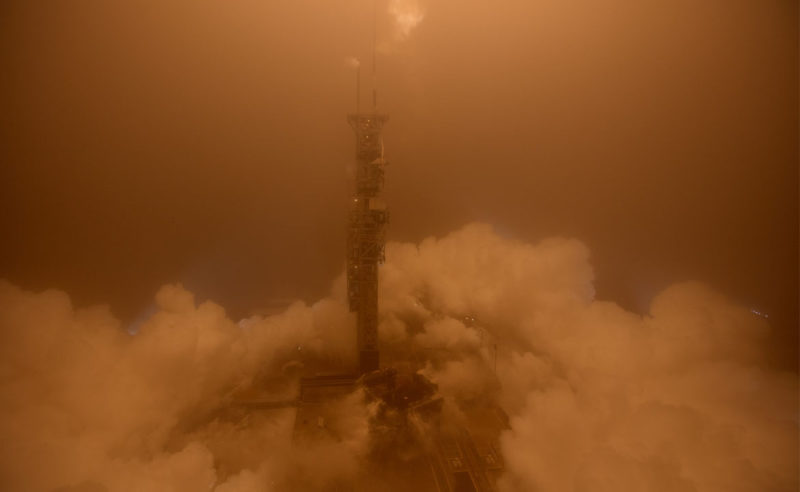
NASA launched InSight to study how Mars was made.
NASA launched InSight; the mission is on a 300-million-mile trip to Mars to study for the first time what lies deep beneath the surface of the Red Planet.
Launched at 7:05 EDT yesterday, from Vandenberg Air Force Base in California, the mission has for goal to study Mars’s core and geological processes.
With its successful launch, NASA’s InSight team now is focusing on the six-month voyage. During the cruise phase of the mission, engineers will check out the spacecraft’s subsystems and science instruments, making sure its solar arrays and antenna are oriented properly, tracking its trajectory and performing maneuvers to keep it on course.
InSight (for Interior Exploration using Seismic Investigations, Geodesy, and Heat Transport) is scheduled to land on the Red Planet around 3 p.m. EST Nov. 26, where it will conduct science operations until Nov. 24, 2020, which equates to one year and 40 days on Mars, or nearly two Earth years.
The InSight lander will probe and collect data on marsquakes, heat flow from the planet’s interior and the way the planet wobbles, to help scientists understand what makes Mars tick and the processes that shaped the four rocky planets of our inner solar system.
“Scientists have been dreaming about doing seismology on Mars for years. In my case, I had that dream 40 years ago as a graduate student, and now that shared dream has been lofted through the clouds and into reality,” said Bruce Banerdt, InSight principal investigator at JPL.
We could not only learn about Mars, but also about the formation of other rocky worlds like Earth and the Moon, and thousands of planets around other stars.
Previous missions to Mars investigated the surface history of the Red Planet by examining features like canyons, volcanoes, rocks, and soil, but no one has attempted to investigate the planet’s earliest evolution, which can only be found by looking far below the surface.





